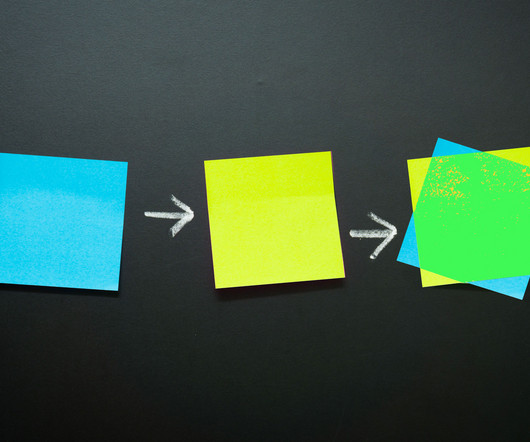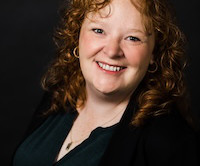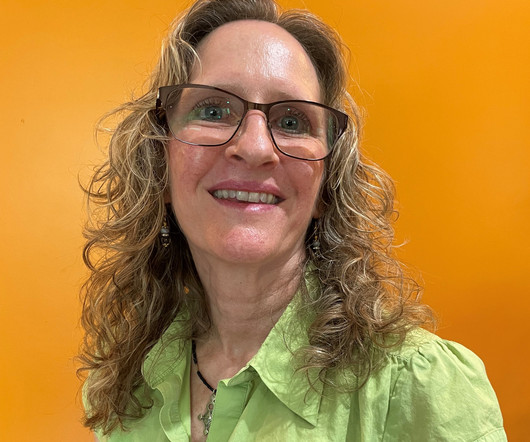Logic Models, in Plain English
The Grantsmanship Center
NOVEMBER 8, 2023
Category: Program Planning and Design Proposal Writing and Grantseeking There comes a time when a proposal needs to include a logic model. A logic model is a picture of how your program is intended to work. A speed bump for a lot of people is the “outputs vs. outcomes” element of a logic model.





















Let's personalize your content